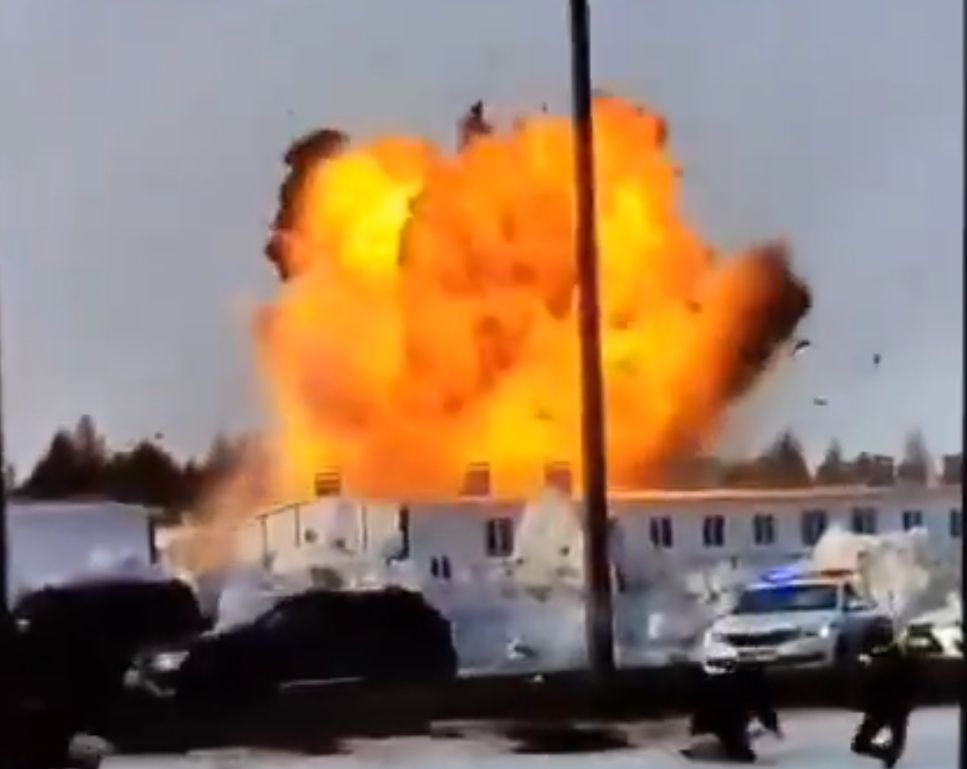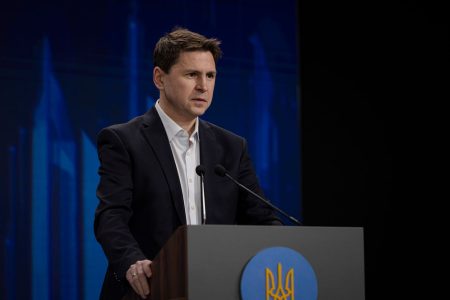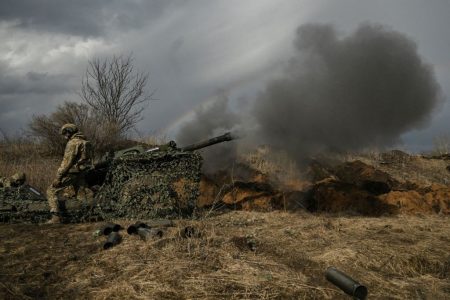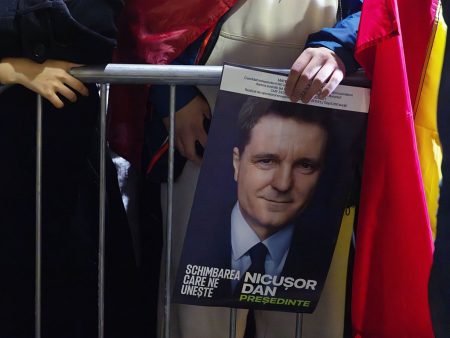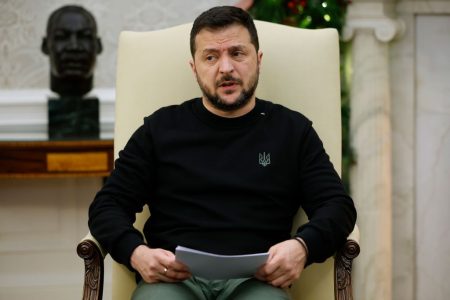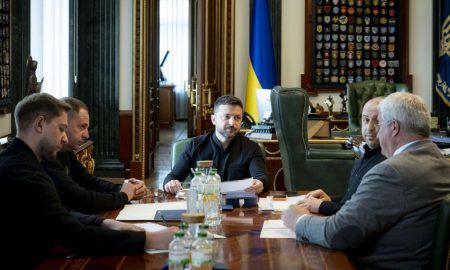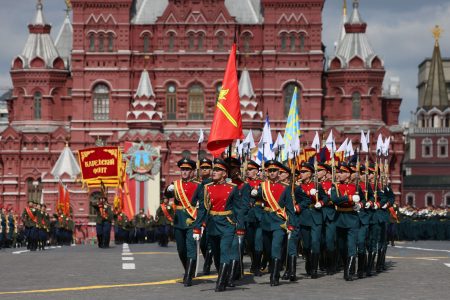The ongoing conflict between Ukraine and Russia has escalated in recent weeks, with Ukrainian forces intensifying attacks on Russian territory. These attacks have targeted military facilities and oil refineries, disrupting a significant portion of Russia’s refining capacity. In response to reported U.S. concerns about targeting Russian facilities, President Volodymyr Zelensky emphasized Ukraine’s right to use its own weapons for self-defense. A recent report from the U.K. Military Intelligence suggested that the increased pressure on Russian air defense systems may have led to friendly fire incidents, resulting in the shooting down of Russian planes. The report highlighted a case on March 28 when a Russian military plane crashed near occupied Crimea, allegedly due to a friendly fire incident.
The U.K. Military Intelligence’s report also referenced Ukrainian strikes on Russian-occupied Sevastopol and the Black Sea Fleet on March 24, which likely heightened the readiness of local Russian air defense systems. The report suggested that under the pressure of potential Ukrainian strikes, Russian forces may inadvertently engage their own pilots and aircraft. These incidents point towards a lack of situational awareness and coordination within Russian forces. The report noted that similar instances of friendly fire have been reported in the past following periods of Ukrainian action against Russian forces in illegally occupied territories. This raises concerns about the effectiveness of Russian military operations in the face of Ukrainian attacks.
In the past few weeks, Ukraine has reported the downing of 13 Russian warplanes, including Su-34 fighter bombers, Su-35 fighter jets, and an A-50 military spy plane. These losses represent a significant blow to the Russian Air Force, with the highest number of aircraft lost since the early days of the full-scale invasion. The destruction of these aircraft showcases Ukraine’s increasing capabilities and effectiveness in countering Russian military operations. The repeated incidents of Russian planes being shot down in Ukrainian airspace reflect the ongoing challenges faced by Russian forces in achieving their objectives in the conflict.
The recent uptick in Ukrainian attacks on Russia indicates a shift in the dynamics of the conflict, with Ukraine displaying a more assertive and proactive approach in defending its territory. The targeting of Russian military facilities and oil refineries has not only disrupted Russia’s operations but also put pressure on its air defense systems. The reports of friendly fire incidents resulting in the shooting down of Russian planes highlight the complexities of the conflict and the challenges faced by both sides. As the conflict continues to unfold, the role of external actors, including the U.S. and U.K., in supporting Ukraine and monitoring the situation will be crucial in determining the outcome of the conflict.
The significant losses suffered by the Russian Air Force in recent weeks underscore the effectiveness of Ukraine’s defense strategies and the challenges faced by Russian forces on multiple fronts. The destruction of a considerable number of Russian warplanes within a short period demonstrates Ukraine’s resilience and determination in countering Russian aggression. The friendly fire incidents reported by the U.K. Military Intelligence raise questions about the coordination and preparedness of Russian forces in responding to Ukrainian attacks. As the conflict continues to evolve, the implications of these incidents on the broader geopolitical landscape in the region remain to be seen.
In conclusion, the escalation of hostilities between Ukraine and Russia has led to an increase in Ukrainian attacks on Russian territory, resulting in significant disruptions to Russian operations. The shooting down of Russian planes in friendly fire incidents, as highlighted in the U.K. Military Intelligence’s report, reflects the complexities and challenges of the conflict. Ukraine’s success in countering Russian military operations and the mounting losses suffered by the Russian Air Force underscore the changing dynamics of the conflict. The ongoing support from international actors and the resilience of both Ukrainian and Russian forces will play a crucial role in shaping the outcome of the conflict in the coming days.









